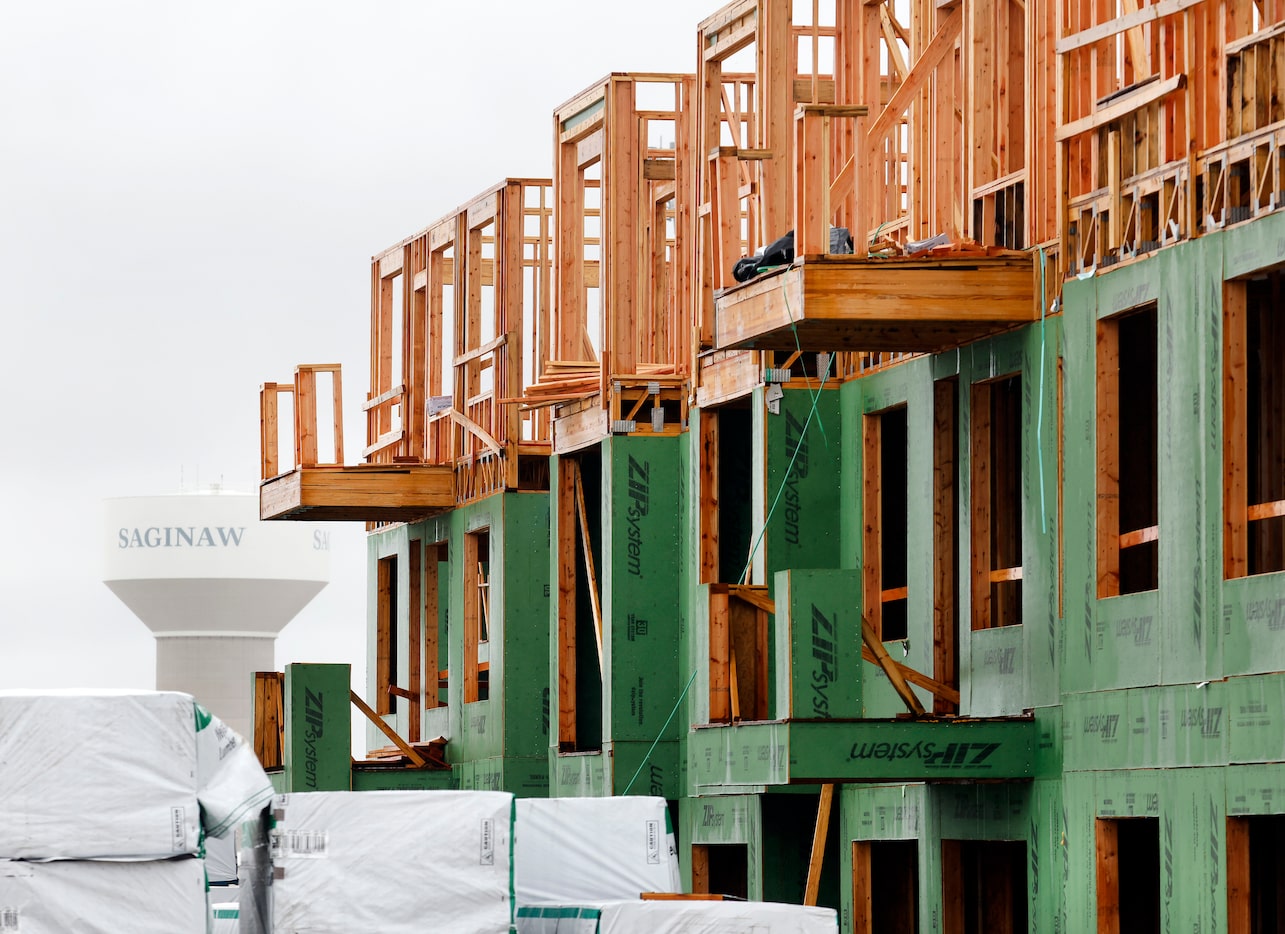Once far-flung Dallas-Fort Worth communities are the region’s next boomtowns
Longtime North Texas residents are seeing their neighborhoods change as developers seek affordable, available land to build new homes.

Residential Real Estate Reporter

If you ask homebuilders where they think the growth of Dallas-Fort Worth is headed, they’ll start listing off towns almost as far away as Oklahoma.
“Even in my nine years of being in Dallas, it seems like we’ve reached out further east, west, south and north to find opportunities and to go where the growth has gone,” said Ken McDonald, Dallas-Fort Worth-area president of David Weekley Homes. His company is planning to build as far south as Waxahachie and has looked all the way north to Sherman.
We explored many of the cities on the edges of Dallas-Fort Worth that have experienced rapid development or are anticipating big changes on the horizon, talking to city leaders, small-business owners and residents about what growth means for their communities.

Get the latest real estate news you need to know.
Neighborhoods on the outskirts of Dallas and Fort Worth are seeing some of the most home sales activity not just in the metro area, but nationwide. RCLCO Real Estate Consulting ranked four D-FW communities among the 50 top-selling master-planned developments in the U.S. for the first half of 2022. Silverado, a D.R. Horton community just outside the city limits of Aubrey, ranked No. 3 in the nation, and Wildcat Ranch in Crandall, Magnolia Pointe just outside Josephine and Union Park in Little Elm also cracked the list. All four communities are at least a 30- or 40-minute drive from downtown Dallas.
Expanding too far has its challenges, however, particularly in terms of infrastructure. Some developers may not be willing to foot the cost of breaking into less-built-out communities.
“You get too far north, you just don’t have the sewer infrastructure; you get out too far northeast, you don’t have the sewer and the water infrastructure,” said Michael Jackson, principal of Dallas-based development firm Wynne/Jackson.

Since the pandemic started, builders have ramped up construction and hit a peak of 16,000 homes in the first quarter of this year, according to Dallas-based housing analyst Residential Strategies. The strong demand for housing not only came from people looking from out of state but also people who wanted to move out of urban areas and apartments, jumping at the opportunity to buy while mortgage rates were at record lows.
The surge in remote and hybrid work made it possible for people to live in areas they might not have considered if they had to commute five days a week.
“The entire market has exploded,” said Fred Balda, president of Hillwood Communities. “The work-from-home phenomenon clearly fueled a lot of these outer markets. You had cheap mortgage money, pricing was continuing to go up, and you now had the ability to live wherever you wanted to live.”

That ramped-up demand, combined with skyrocketing prices for land, labor and materials, led to dramatic price changes in the exurbs. McDonald said, for example, that starting prices for new homes in Van Alstyne were around $300,000 before 2020, and now they’re closing in the $400,000s and $500,000s — prices that would have been a stretch even for Frisco just a few years ago.
Homebuilders have slowed down construction recently as buying activity cools due to higher mortgage rates, inflation and rapid home price appreciation. That may make things easier on fast-growing cities in the short term, especially the ones that need to build infrastructure such as sewer lines, streets and schools.
The growth may slow but it won’t stop, and growth brings changes. Longtime Collin County real estate agent Georgina Hennen, team leader and CEO of Keller Williams North Country in Celina, said that the fast-growing cities of Celina and Prosper have retained a hometown feel as they have scaled up, and that most people are excited about the new shops and restaurants.
Still, she guesses about a fourth of the city’s residents want to move away to even smaller communities.
“Once a small town begins to get all the conveniences, it’s no longer a small town. Some people like that, and some people don’t,” Hennen said. “A lot of people that had been in Celina for a long time have said, ‘I’m out of here; I’m going to Gunter,’ or ‘I’m going to somewhere up in Grayson County.’”
Meet the next North Texas boomtowns
As Dallas-Fort Worth grows, smaller cities in every direction are attracting the attention of builders and new residents. Here are some of the ones to watch.


